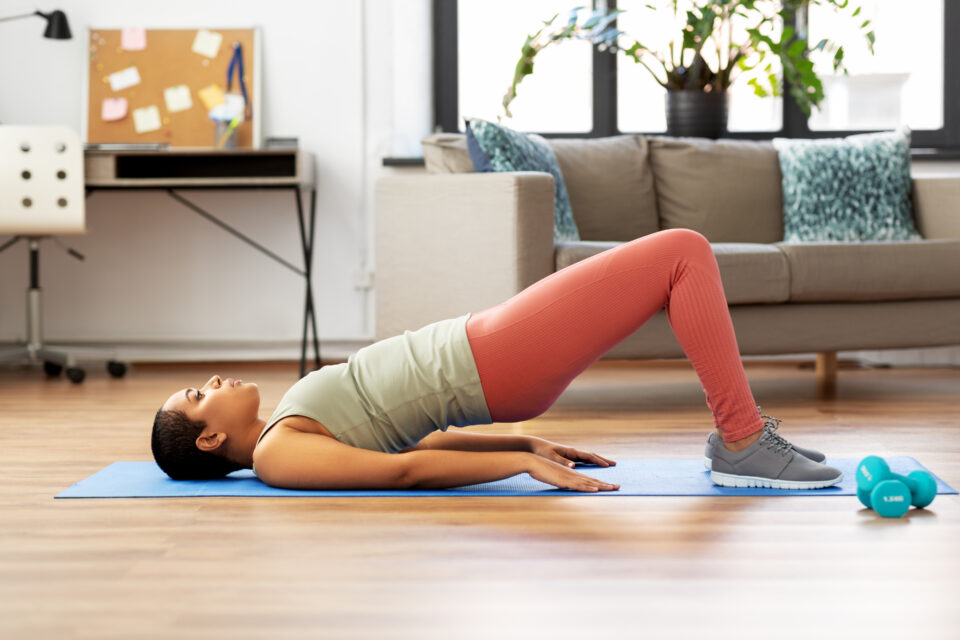October 1, 2021
What if I told you peeing on yourself when you run, jump rope, or go to trampoline parks with your kids is NOT normal?!… even after having kids.
Despite the fact that many women experience leakage with exercise, it is actually a sign that your pelvic floor may be in need of some attention. But to understand the abnormal, let’s take a look at what IS normal.
What IS Normal?
Normal bladder emptying should occur every two-four hours throughout the day, and anywhere from zero-two times at night. While this may increase slightly during pregnancy, it should stay very close to the same. If you’re a “just in case” pee-er, you are likely going more frequently than what’s recommended. Peeing “just in case” can also cause your bladder to feel urgency even when you don’t really have to go.
For normal bladder function, our bladder needs to fill to about 400-600 ml. This signals the brain to contract the bladder, allowing us to urinate. By peeing just in case, we are not allowing our bladder to fill fully, which can lead to a sense of increased urgency, need to strain to initiate the flow of urine, and a disconnect of the pathway between the brain and the bladder. This can also lead to overactivity of the pelvic floor muscles that assist bladder function and ultimately lead to increased leakage.
“But I have to pee before I exercise or I will leak.” Sound familiar? If so, that’s because many women who have stress incontinence feel this way. So what can be done to avoid leakage or increased urgency during exercise?
Here Are Some Tips:
- Try to maintain a voiding schedule of every two-four hours during the day.
- Do not strain to initiate the flow of urine or to squeeze that last little bit out.
- If you feel you are not fully emptying, use the double void technique: Finish peeing, stand and wipe, then sit back down to see if more urine comes out.
- Try to have a bowel movement prior to exercise (even if it’s earlier that morning). The rectum is right behind the bladder, and it can put pressure on the bladder if it is full. The weight of fecal matter can also put added stress on the pelvic floor muscles and make it more challenging for them to function properly during exercise.
- Make sure you are including some relaxation techniques and exercises into your routine if you are into high intensity fitness. This will help balance the ability of your pelvic floor muscles to contract AND relax.
- Modify any exercises/movements that increase leakage. This includes a decrease in weight, speed, or intensity of activity. This helps meet your tissues at a load they can handle and reduce leakage.
What Should You Do?
The good news is that pelvic floor physical therapy can help.
A pelvic floor physical therapist can access the muscles of your pelvic floor to determine if there is over activity or weakness, and can provide personalized recommendations on how to modify exercise to reduce leakage.
So if you’re having leakage when you exercise, don’t hesitate to come see us at NOLA Pelvic Health for help.
 Emily McElrath PT, DPT is a Doctor of Physical Therapy and pelvic floor specialist at NOLA Pelvic Health in New Orleans.
Emily McElrath PT, DPT is a Doctor of Physical Therapy and pelvic floor specialist at NOLA Pelvic Health in New Orleans.


